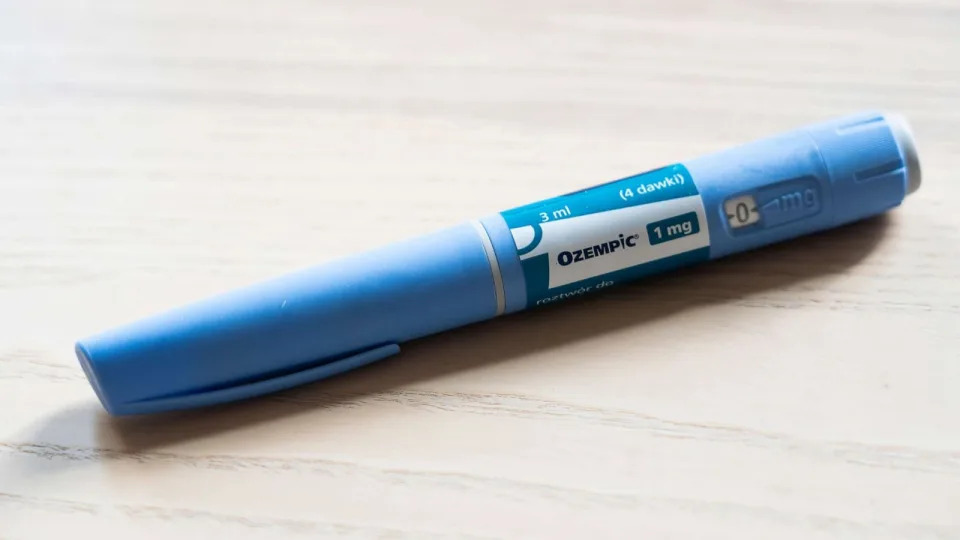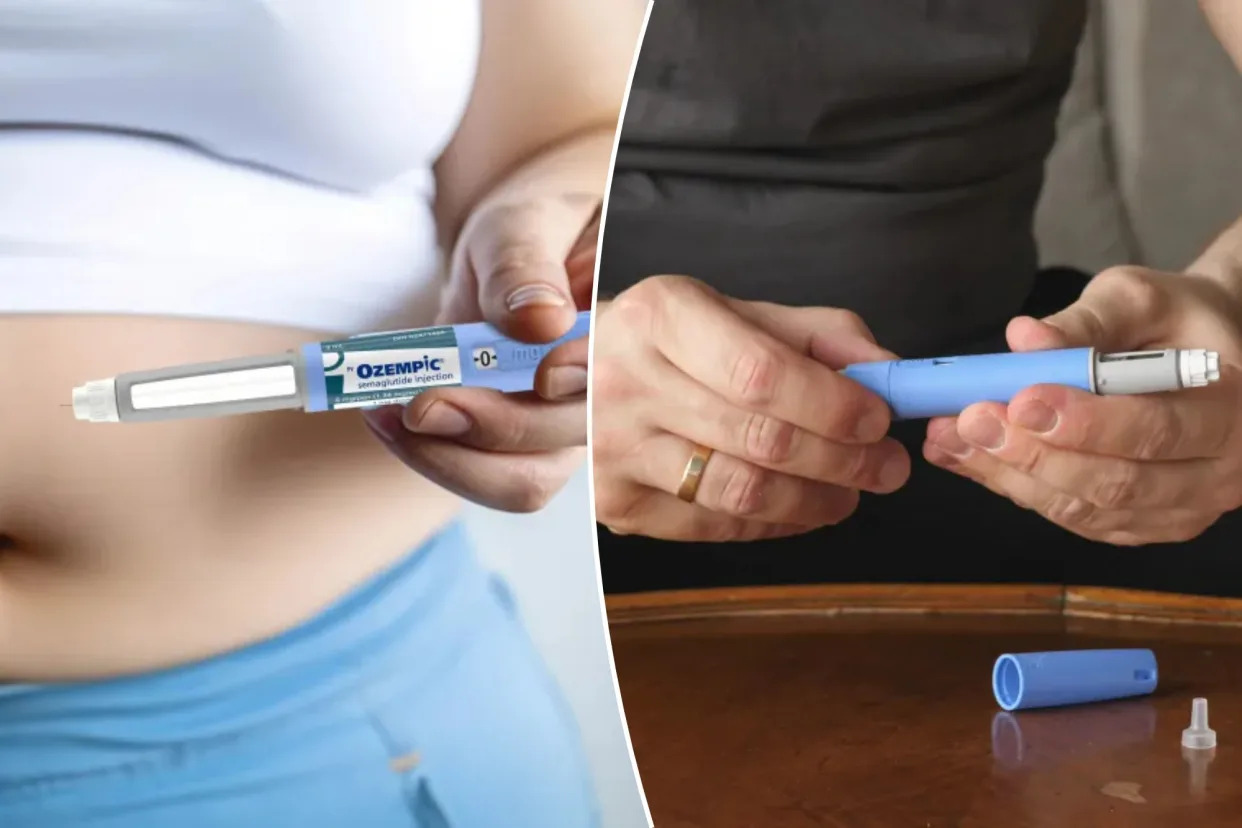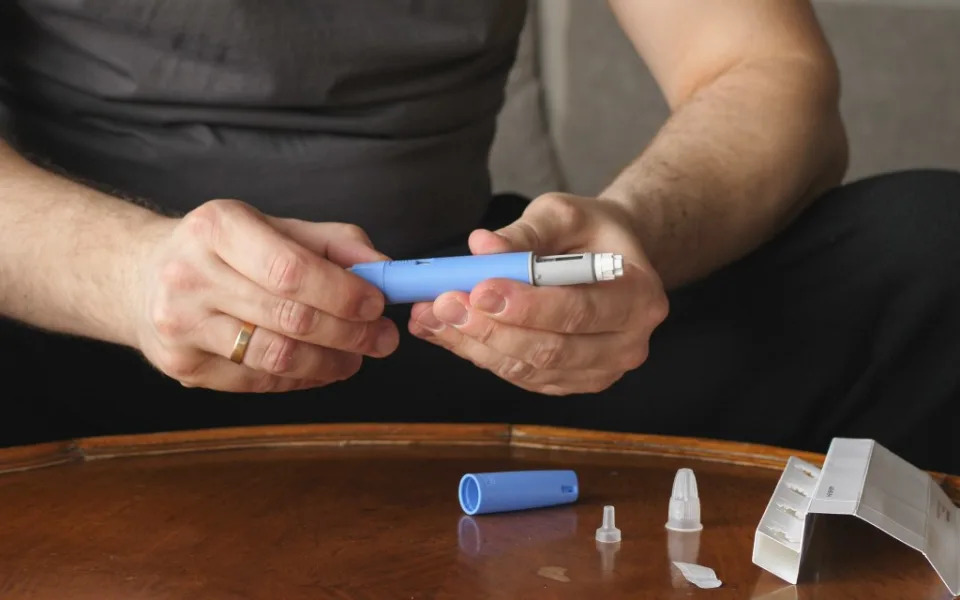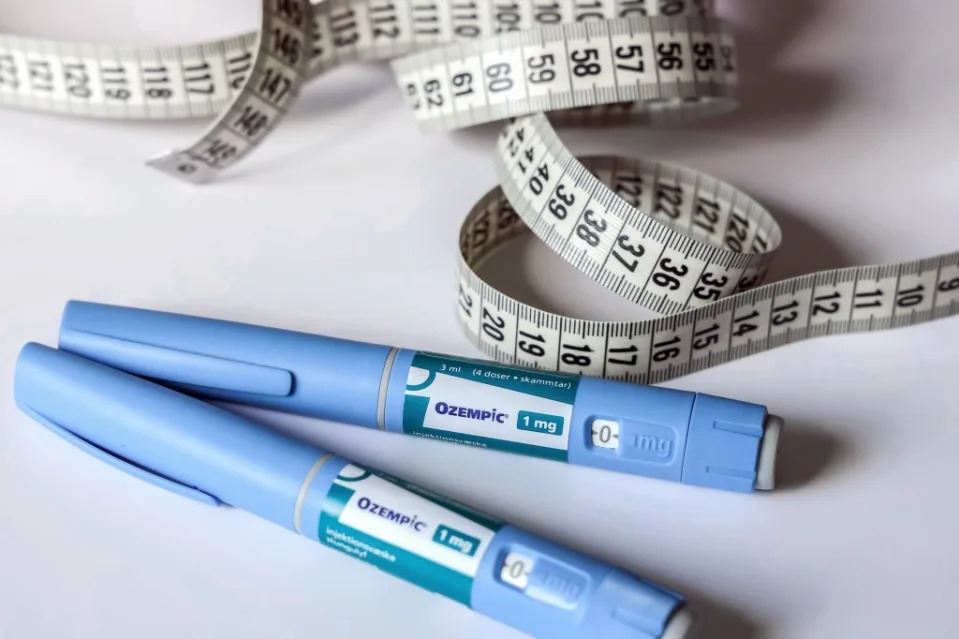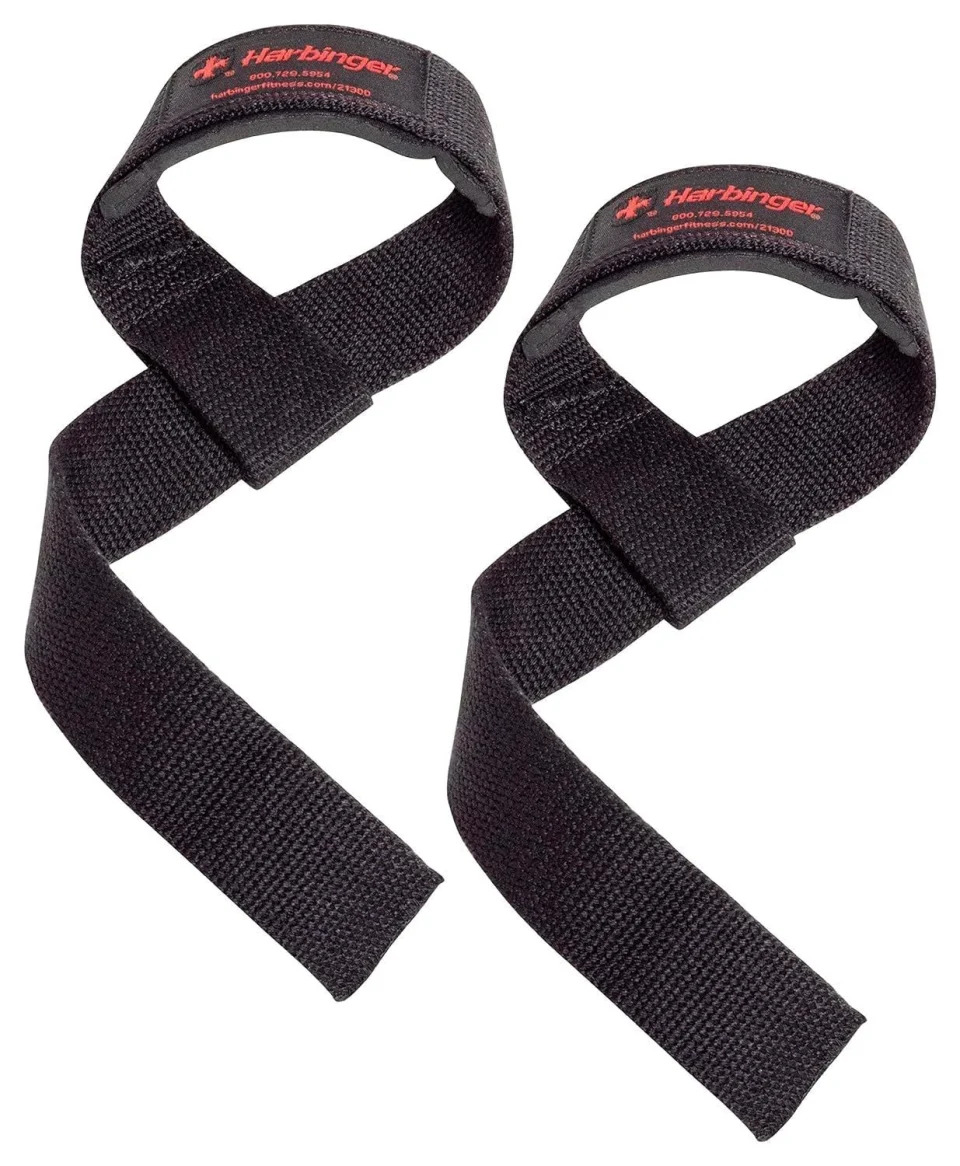The Texas Tribune
1.7 million Texas households are set to lose monthly internet subsidy
Pooja Salhotra – April 2, 2024
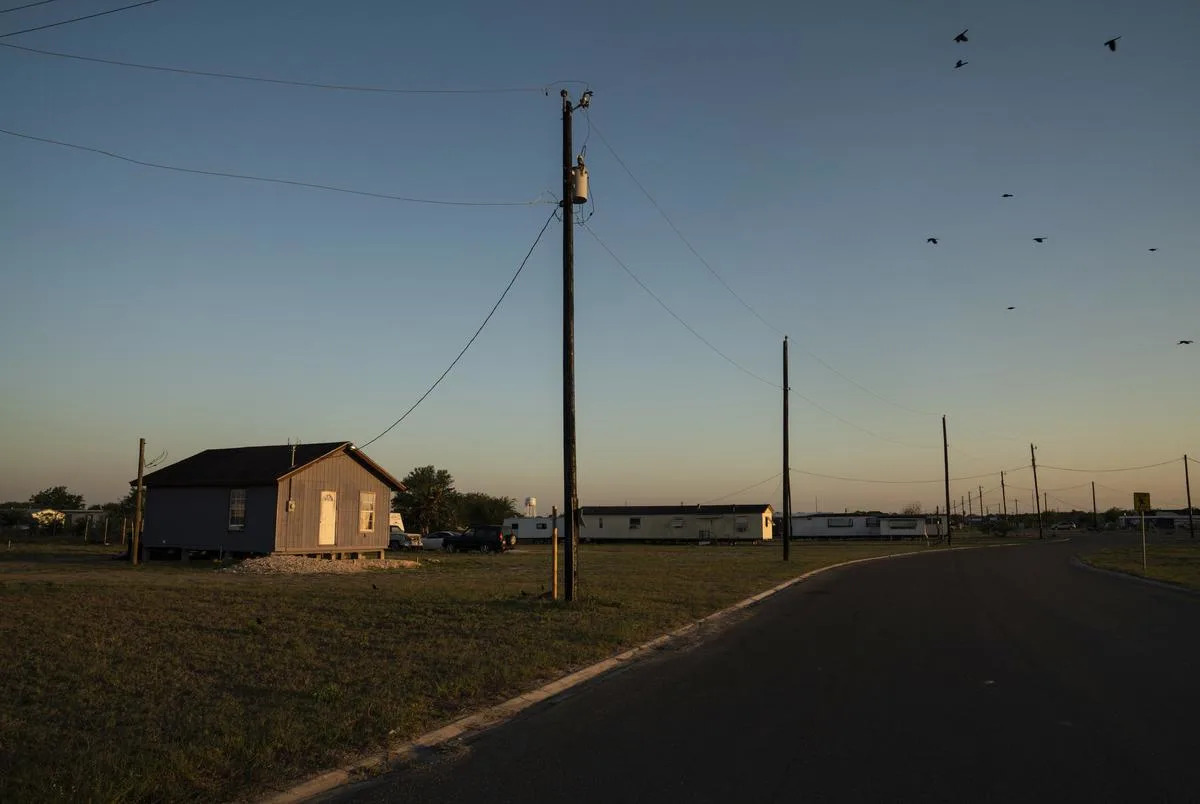
The $30 per month Daisy Solis has saved off of her internet bill for the past two years stretched a long way.
Those dollars covered new shoes for her three, growing children, dinners out at the Chick-fil-A that popped up in her town of Peñitas in South Texas, and part of a higher-than-usual electricity bill.
Now, Solis worries she might have to sacrifice on her internet speed because a federal subsidy that has helped her pay for her internet plan is set to expire at the end of April.
The Affordable Connectivity Program provides a $30 monthly subsidy to help low-income households pay for internet service, and up to $75 per month for households on tribal lands. The $14.2 billion program was part of the 2021 Bipartisan Infrastructure Law and has helped 23 million households in the U.S — including 1.7 million in Texas — save money on their internet bills. The program’s funding is slated to dwindle at the end of April, though, potentially cutting millions off from the internet. In May, limited remaining funding in the program will allow eligible households to receive a partial discount; there won’t be any benefits after May.
“It has really helped me in that I don’t have to stress out about the bill,” said Solis, 27. “Even though it’s $30, $30 goes a long way.”
The program’s termination will disproportionately impact South Texas, where counties along the Texas-Mexico border had higher than average rates of participation. Overall, 1 in 7 Texans used the program. But in some border counties, including Hidalgo County, about half of its residents used the subsidy, according to data from the Federal Communications Commission.
“Some people have told me they might not get internet if [the subsidy] goes away,” said Marco Lopez, a community organizer at La Unión del Pueblo Entero, a nonprofit organization that supports low-income neighborhoods in the Valley. “I don’t know what to tell them because it’s not just cutting off their internet; it’s cutting off their opportunities for jobs, for school, for telehealth.”
A bipartisan group of lawmakers has introduced a bill that would extend funding for the Affordable Connectivity Program through the end of 2024. But the bill has not moved and faces considerable pushback from Republican lawmakers who claim the Biden administration has spent “recklessly.”
In a December letter to the chair of the FCC, a group of lawmakers, including U.S. Sen. Ted Cruz, disputed that the broadband program was necessary. The lawmakers said that most households using the subsidy already had broadband subscriptions. But that’s likely untrue. According to an FCC survey, 47% of respondents reported having either zero connectivity or relying on mobile service before enrolling in the federal program.
On Tuesday, FCC Chair Jessica Rosenworcel sent a letter to Congress urging them to fund the program until the end of the year. She said the funding has been particularly critical for vulnerable populations, including veterans, seniors, and students.
“We know that nearly half of ACP households are led by someone over the age of 50,” she wrote. “The ACP and the broadband service it supports is ‘need to have’ for many seniors, who depend on the program for managing their health and maintaining access to their medical teams.”
The program’s termination comes as the state and federal government pump historic sums of money to expand broadband infrastructure and close the so-called digital divide. Texas is poised to receive more than $3.3 billion federal dollars to help connect the roughly 7 million Texans who lack access to affordable internet. The state will bolster those funds with an additional $1.5 billion that voters approved in November.
Some advocates worry that terminating the Affordable Connectivity Program at this juncture could jeopardize the success of future broadband investments.
“If we build the infrastructure but then all these people lose internet access, we are going to be taking one step forward and two steps back,” said Kelty Garbee, executive director of Texas Rural Funders, a nonprofit focused on rural philanthropy. “It is important to take a long view.”
Rural areas lag behind their urban counterparts when it comes to broadband access. The combination of low population density and remoteness make such areas unattractive to internet service providers, who are hesitant to invest in expensive infrastructure without a guaranteed pool of customers. Garbee worries that ending the government subsidies could shrink the rural customer base and make those areas even less attractive to internet companies.
Jordana Barton-Garcia, who focuses on broadband investments for nonprofit organization Connect Humanity, said that while the termination of ACP will be a significant loss for high poverty areas, the program is a “Band-Aid” solution. She said the subsidy doesn’t address the root of the problem: that the economics of broadband do not work in rural, low-income areas.
“Instead of being ruled by profit-maximizing major corporations, we need other models to serve low and moderate income communities,” she said. “We need to be able to serve without maximizing profits and instead serve for the public good.”
Some communities have found innovative ways to provide broadband to their rural constituents at a low cost. The city of Pharr in Hidalgo County, for example, created a municipal internet service program that offers plans for as low as $25 per month, the price residents in the border community said they could afford. Barton-Garcia said Pharr won’t be affected by the termination of government subsidies because the city has already secured its own funding. Pharr used grant money, a municipal bond as well as American Rescue Plan dollars to create a municipally-run internet service.
Large internet providers such as Comcast said they will continue to support low-income customers with an affordable plan. Comcast offers eligible customers a plan called internet essentials for $9.95 and a slightly higher-speed plan for $29.95.
For smaller providers in rural Texas, though, a low-cost plan is not financially feasible without government support. Charlie Cano, CEO of ETex Telephone Cooperative, said his lowest cost option is $62 per month.
“Anything lower than that is going to jeopardize our business model,” Cano said. “I’m nervous about what we are going to do about that low-cost option.”
In order to qualify as a grantee for the Broadband Equity Access and Deployment Program — the main broadband program created by the bipartisan infrastructure law — providers must offer a low-cost option to low-income customers. Providers like Cano worry this requirement may make it difficult for companies like his to win federal grant dollars.
Disclosure: Comcast has been a financial supporter of The Texas Tribune, a nonprofit, nonpartisan news organization that is funded in part by donations from members, foundations and corporate sponsors. Financial supporters play no role in the Tribune’s journalism. Find a complete list of them here.



